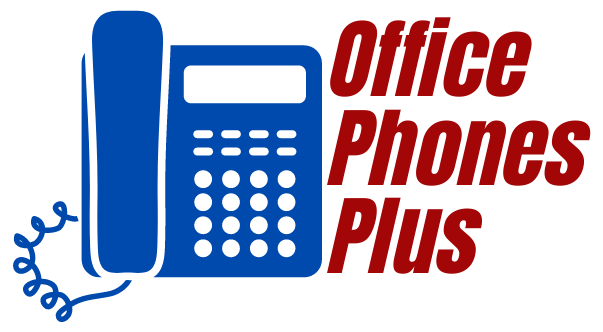How a Contact Center Can Supercharge Your Customer Service Team
Anyone who’s ever worked in customer service knows that there’s a big challenge day
after day: You have to give people support quickly and effectively, and you have to do it
with person after person after person. As soon as you solve one problem, it’s on to the
next one. And you’re sometimes solving two or three problems at a time. Sound
Familiar?
To accommodate this kind of customer service demand, one of the best tools at your
disposal is a contact center, which can be tailored for your specific organization and can
revolutionize your team performance.
But if you’ve never used a contact center or don’t think it would be the right fit for you,
it’s likely you’re left with a lot of questions right now. Here’s what you should know:
Is a Contact Center Right for Your Business?
The short answer: maybe. Contact centers aren’t the right fit for everybody, but if you’re
a business with at least 10 employees, and those employees spend a significant portion
of their day taking calls, then a contact center is worth considering.
Such business models include customer service teams, technical support departments,
and sales offices. If your team fits this profile, you could use a contact center solution to
streamline operations and maximize productivity by helping you tackle day-to-day tasks.
Boosting Efficiency with Contact Center Solutions
Let’s face it—customer service comes with a lot of repetitive tasks and workflows can
get chaotic. This is where a contact center can be a gamechanger in several ways,
Including:
1. Eliminating Manual Dialing
Dialing phone numbers manually is a time-consuming task that slows down your team.
With a contact center solution, agents no longer need to waste time entering numbers.
Instead, the system follows parameters set by management to ensure agents remain on
the phone consistently. Once an agent finishes a call, they are quickly transitioned to
the next one, with all relevant customer details displayed on their screen. After a short
time-out period to review the information, the system automatically initiates the next call,
keeping the workflow seamless.
2. Simplifying System Navigation
Switching between multiple systems can be a significant productivity drain. Contact
centers integrate directly with your Customer Relationship Management (CRM) software
or other business systems. This integration allows agents to stay on a single screen,
accessing all necessary information without toggling between applications. Additionally,
agents can take notes during calls, which are automatically synced back to the
appropriate system. For businesses without a CRM, many contact centers offer built-in
solutions, ensuring no functionality is lost.
3. Intelligent Call Routing
Finding the right person to handle a customer’s request is crucial for providing a positive
experience. Contact center solutions use intelligent routing to connect customers to the
most suitable agent based on predefined criteria, such as product knowledge, role, or
language proficiency. When customers call and select their needs from a menu, they
are directed to someone with the expertise to assist them, reducing wait times and
improving satisfaction.
4. Automating Inbound Requests
Traditional workflows often require agents to monitor emails or third-party lead sources
manually before reaching out to customers. Contact center solutions automate this
process, enabling immediate responses. For example, when a customer submits a
request via your website or a platform like Angi, the system can automatically assign the
lead to an agent and initiate a call within a minute—all without any manual input.
Embracing Omnichannel Communication
One thing that’s important to understand is modern contact centers are not limited to
voice calls. They support a variety of communication channels, so your team can
connect with customers through their preferred method, whether that’s text messaging,
WhatsApp, Facebook Messenger, of a website chat widget.
These interactions are seamlessly integrated across media. For example, a
conversation can start as a text message, evolve into a phone call, and transition to a
video chat—all while being recorded and stored under the same customer record. This
omnichannel capability means you have a unified and consistent experience for both
customers and agents.
Simplifying Infrastructure and Remote Work
At this point, you might be thinking that a contact center requires an additional phone
service, but that’s not the case. These solutions include built-in phone connectivity, so
your team only needs a computer and a headset to get started. While a headset is
optional, it’s highly recommended for creating a professional and comfortable
experience during calls.
Another advantage of contact centers is their flexibility. With a reliable internet
connection, your staff can work from anywhere—be it the main office, a satellite
location, their home, or even another country. This flexibility enables businesses to
attract top talent, reduce overhead costs, and adapt to the growing trend of remote
work.
If you’re a company with a high volume of phone-based interactions, a contact center
can simplify your workflow, integrate seamlessly with existing systems, and provide
omnichannel communication capabilities that cater to modern customer needs. Want to
learn more about your options? Reach out to our team at Office Phones Plus by calling
410- 834-4900.

